During Jump Start 2017 was when I first visited the Museum of Anthropology (MOA), I remember vividly walking into the Amazonia Exhibition and being super distracted by the hammocks. Nevertheless, Dr Luger recently asked my ASTU 100 class to visit the MOA again and study the exhibit’s objects in closer details and its meanings.
Walking into the exhibition again, my first impression was the sound of birds chirping in the background which creates a peaceful and relaxing ambience. Yet, the first things that caught my eyes were the statistics about deforestation and mining concessions, which I thought was a very powerful way to capture the visitors’ attention.
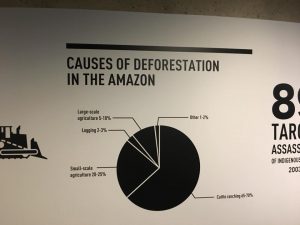
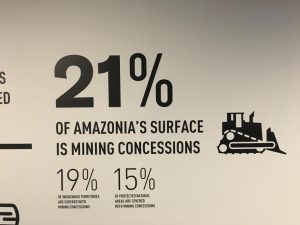
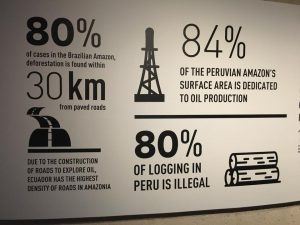
Statistics about the Amazon displayed in the exhibition
Photo credits to Anthony Maag
The exhibition was not big but it did contain a lot of information about the peoples of the Amazon and their culture, along with the forests and rivers of the Amazon that are under threat. Nonetheless, one of the objects that really caught my eyes was probably the Yanomami basket called guatara.
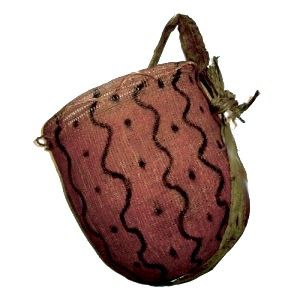
An example of the Yanomami guatara
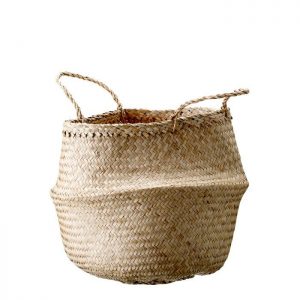
Vietnamese Seagrass Basket
At first look, I simply thought it was an ordinary basket but actually, there are so much hidden meanings and symbolism behind the guatara. Firstly, the basket itself is a map in which the dots are humans and the circles illustrate levels of distance from the village centre to the outside world with the last circle representing a no man land in the Yanomami’s perspective. Secondly, the paint designs are made of a mixture of charcoal and jenipapo fruit juice. Yanomami women would weave these baskets and sell them to bring money back into the community. The guatara reminds me of the Vietnamese seagrass baskets which are individually hand-woven from natural seagrass into a beautiful herringbone pattern. For years, village women use these baskets to carry their family’s clothes to the rivers for washing. Growing up in Vietnam, I was fully aware of the uses of these baskets but I never thought much about what they mean so to read about the meanings behind the Yanomami baskets is definitely intriguing. Through these baskets and the other objects in the exhibition, the MOA visitors really get a glimpse of the Amazonian cultures, beliefs and relationships to nature.
Personally, I was never really made familiar or exposed much to the Amazonian life except towards the end of high school where I did a case study about deforestation in Amazon. For centuries, the Amazonians have been maligned as being savages and their cultures have suffered marginalisation and so for the curator to set up this exhibition and shine a light on the significance of the Amazonian culture was really eye-opening (for me at least).
Cited:
Vietnamese seagrass basket – https://www.wayfair.com/storage-organization/pdp/langley-street-seagrass-basket-with-handles-lgly4460.html